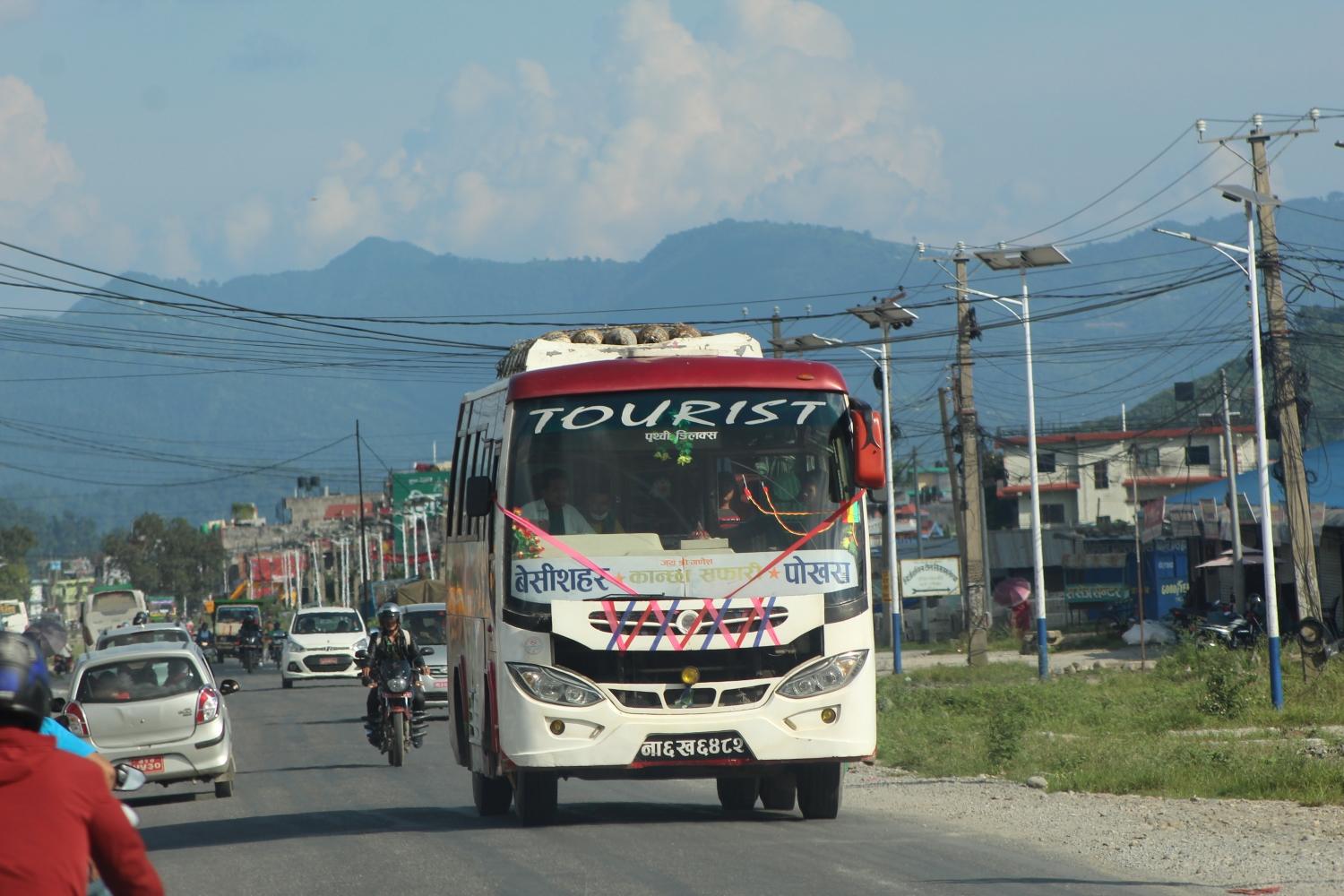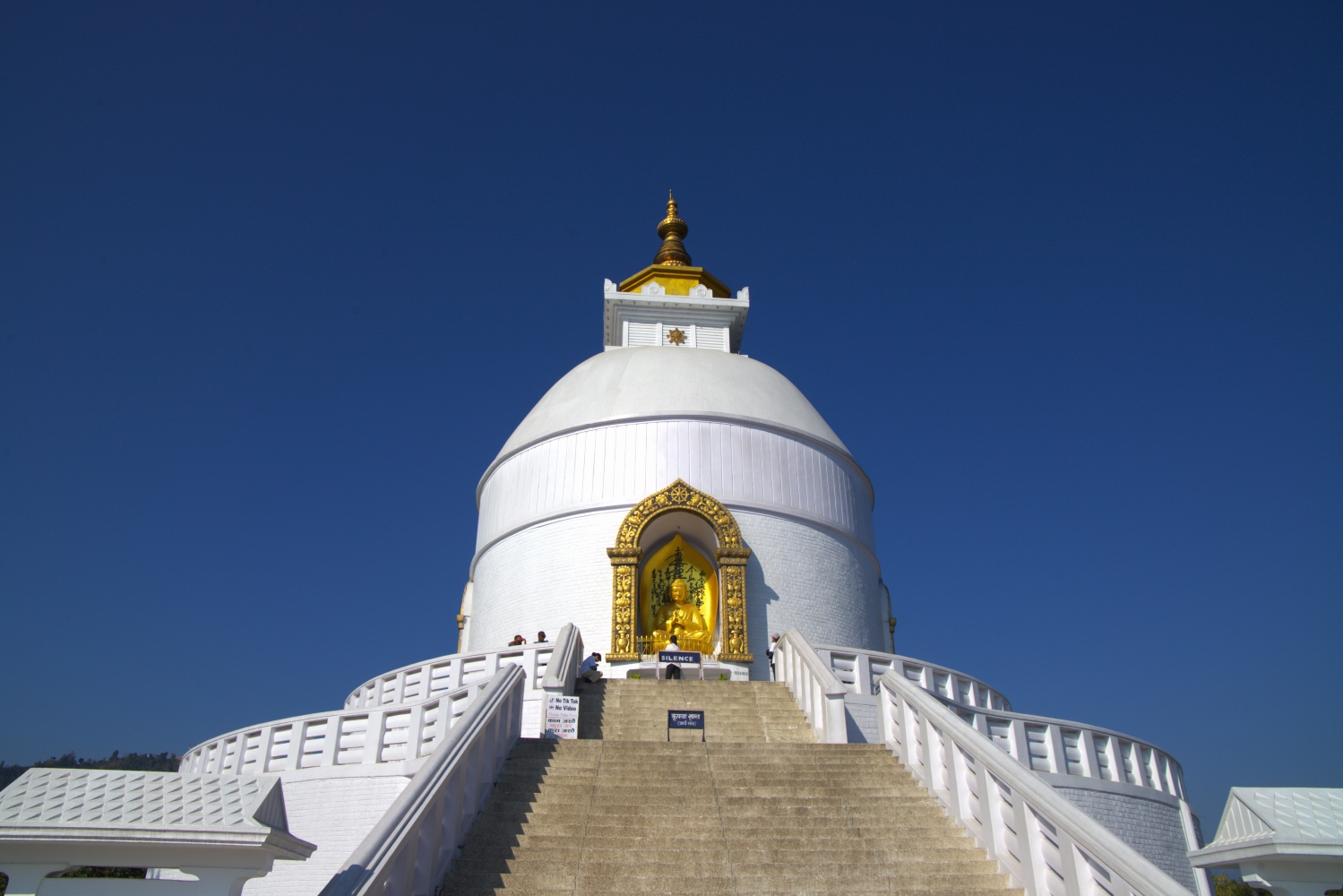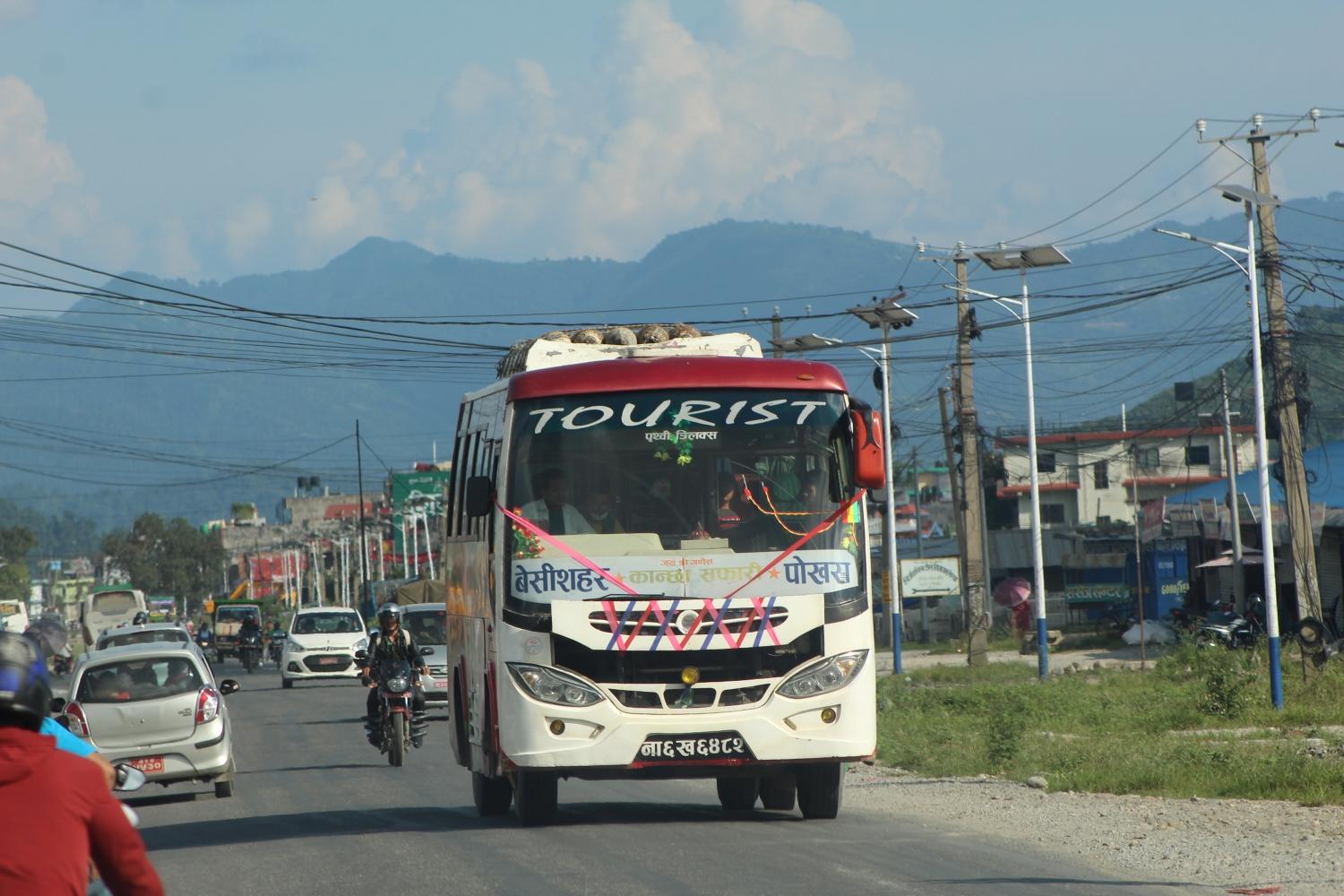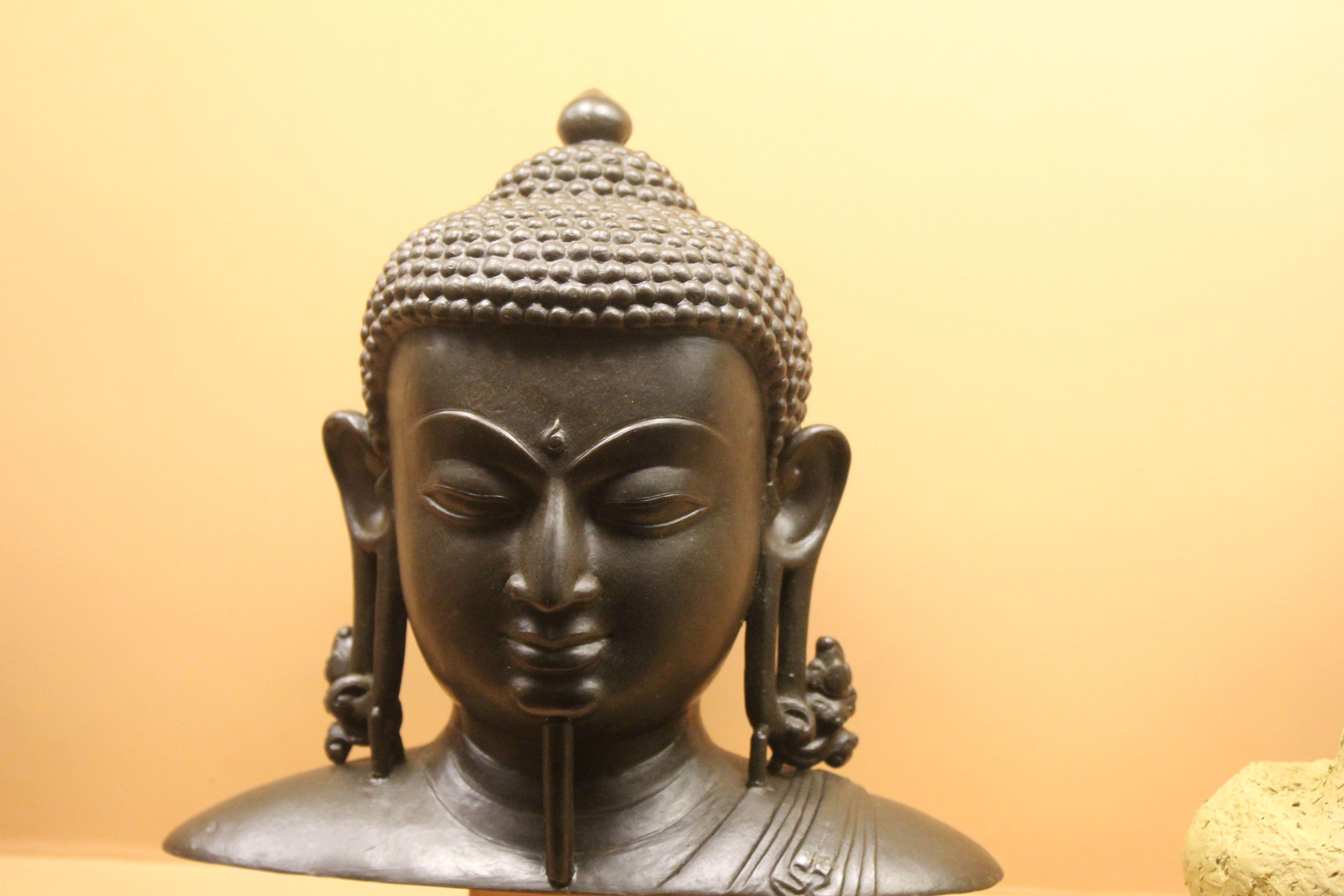Flying to the country of Mountains is a wonderful experience in itself. On a clear day, the views of snowcapped mountain peaks will take your breath. Your flight lands at Tribhuvan International Airport which is located in Kathmandu. Kathmandu is a small town and the capital of the country surrounded by the hills from all sides. It is the historical and cultural heart of Nepal. The capital of modern Nepal is nestled in the middle of the snow-capped Himalayan Mountains, in a valley surrounded by gentle, green terraced hills, ancient temples, shrines and red tiled-roofed houses.
Proceed for the customs and luggage’sclearance and then exist from the Airport Departure lounge. As soon as you exist you can see number of peoples outside holding a placard. Among them one of the representative of Nature Trail Travels & Tours, Trekking & Expedition will be holing a placard with your name in it. So, closely look at them. He will then escort you to your respective hotels. Or else, you can visit our office and after full description about your trip, you will be driven to your hotel. No activities are planned for the day. You are free to explore picturesque down town Kathmandu. On your request, we will be happy to, accompany you for more activities.



After breakfast, we start for a full day sightseeing tour. The distinctive cultural and historical identity of the Kathmandu Valley makes it an extraordinary place to explore. With your camera in hand, discover the enchanting cities of Kathmandu, Patan and Swayambhunath. Early morning, we visit Swayambhunath to witness the rituals of monks, pilgrims and worshippers. Swayambhunath is known as “Monkey Temple” since you can see numbers of monkeys around the surrounding areas of the temple. Keeping in this mind, small swimming pool has been made for monkeys to cool themselves in the escorting heat of summer. After strolling around the area and clicking some pictures of Stupas, temples, monuments and of course monkeys, we drive towards Kathmandu Durbar Square. Kathmandu Durbar Square is listed as UNESCO World Heritage Sites. Several buildings in the Square collapsed due to a major earthquake on 25 April 2015. But construction has already been started and efforts have been made for its restoration. Further, we drive to another historical town of Patan. Patan Durbar Square is regarded as the culturally and historically richest Durbar Square among three Durbar Squares. It is also listed in UNESCO World Heritage Sites. Patan, the city of Artists, offers many visual treats for your camera.




Early morning, after breakfast, board a bus and drive to Pokhara. It’s a drive of about 8 hours through lush green forest, meandering road through the hills and gracefully flowing riversides. You will also come across lively markets and clusters of villages on the way. Lunch will be taken in one of the road side restaurants. Upon reaching in Pokhara, you will be received and driven to the hotel. Check into hotel.




After breakfast proceed for half day sightseeing tour of Pokhara city including Devi’s fall, World Peace Pagoda, Gupteshwor Mahadev cave, Seti River, Bindhyabasini temple and Barahi temple. Rest of the day free for personal activities with Boating on Phewa lake.
Today, you have a lot of places for your sightseeing. Pokhara provides its visitors to enjoy its natural and cultural beauty.




Today’s drive is only 198 kilometers and takes about a 6 hours to reach Lumbini, birth place of Gautam Buddha which has been reserved as the place of holy pilgrimage. Lumbini has been included as a World Heritage Site by UNESCO. This pilgrimage site in southwest Nepal attracts devout Buddhists from around the world, who arrive to pay homage at the Sacred Garden where the ‘Enlightened One’ was born. A famous landmark is the Ashoka Pillar raised by the great Emperor who converted to Buddhism. Today Lumbini has been enlivened by the multitude of architecturally beautiful temples, stupa and monasteries built by various international Buddhist communities.




Sightseeing tour in Lumbini will be done by rickshaw today since other transportations are not allowed in those sites. Lumbini being the birth place of Buddha is also an important architectural and historical site of the world civilization.The places of interest today are: Tilaurakot, Gotihawa, Kudan, Niglihara and Sagarhawa. Kudan was where Buddha was received by his father after his access to enlightenment. King Suddhodana specially built the Kudan (Nigrodharma Park) for the accommodation of the Buddha and his followers. Gotihawa is the birth place of Krakuchanda Buddha. Niglihawa is where Kanakmuni Buddha was born. Sagarhawa is the archaeological findings as “place of the massacre of the Shakyas”.
We also walkthrough the Sacred Lumbini Garden where the Buddha was born converges on the Ashoka pillar, visit the Maya Devi Temple with its bas-relief sculpture depicting Maya Devi holding on with her right hand to a branch of pipal tree and giving birth to the infant Buddha who stand up on a lotus pedestal.The Ashoka pillar is said to have been erected by the Indian Emperor Ashoka in 250 BC and bears an inscription confirming this as the birth place of the Buddha. A stone image of Maya Devi giving birth to Lord Buddha as she holds onto a branch is seen in the Maya Devi temple.There’s a museum nearby, The Kapilvastu Museum; the pottery, jewelry and ornaments are gathered in-house. End up the remarkable tour in Tilaurakot by visiting the shrines, monasteries and stupa near the sacred garden. Tilaurakot is the ancient palace of King Suddodhan (Siddhartha Gautama’s father), where the Buddha spent his formative years as a Shakya Prince. The remains of many ancient stupas and monasteries can be found in the surroundings of Lumbini.



Wake up to see the glorious sunrise view. After breakfast, drive to Kathmandu. The drive is only about 7 hours. Upon arrival, take a leisurely walk around Thamel Bazaar in Kathmandu. Stay overnight at hotel in Kathmandu.



Depending on your flight time, we will drive you to the International airport for your onward flight.
Your 8 days nature tour will end today. We hope this tour will be a life time memory and you have been able to view some exciting sceneries of Nepal. We will be expecting to see you back in future. We believe that you had a good time in Nepal, discovering the wonders of Nepal – a country blessed with natural beauty and rich cultural history.
Based on our specifications, Bishnu Subedi of Nature Trail Travels and Tours organised for us an 8-day birding tour in Nepal in November 2024. The three of us stayed in Kathmandu, Chitwan and the Pokhara area. Nature Trail arranged the accommodation, transport and birding guides. At each of the 3 sites, we were accompanied by a birding guide with excellent knowledge of Nepal birds and great spotting skills. We were provided with a minibus with superb, calm and good-natured driver who very well handled the difficult traffic conditions in Nepal. The overall organisation was smooth and throughout the trip we could be in contact with Bishnu via Whatsapp. For the last day of our stay we asked Bishnu to arrange for us a sightseeing tour within the Kathmandu area. Bishnu himself accompanied us on that tour providing informative insights related to the history and religious significance of the visited sights. While at first sight, Nature Trail may appear primarily as trekking tour organiser, they proved to be very well adept in organising a specialised birding tour and we can very much recommend them for that type of tour as well.


Discover incredible offers for your upcoming adventure by subscribing to our newsletter with the latest travel tips and updates.
